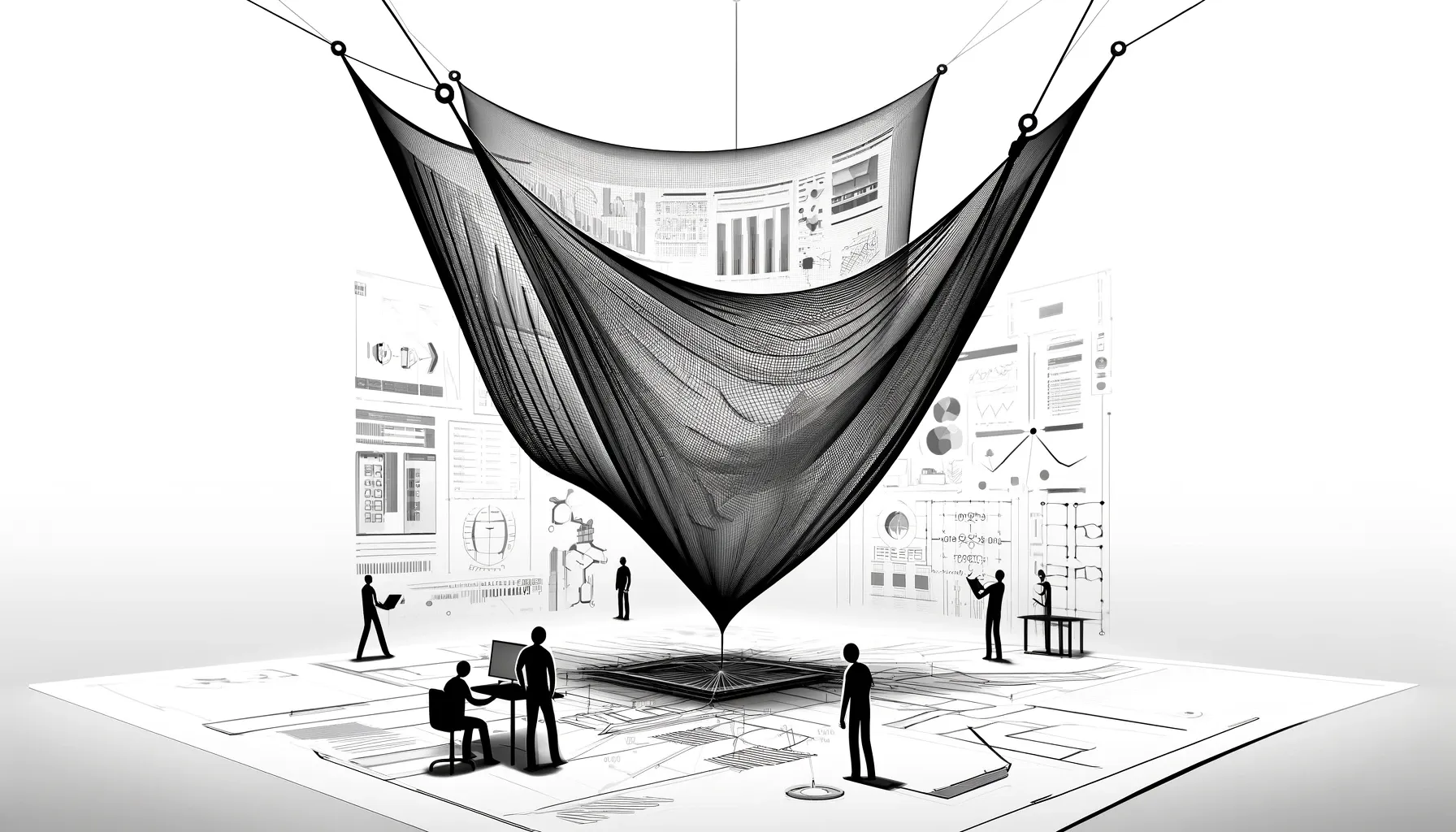Being caught without a fraud system during Black Friday is like jumping into a shark tank naked and covered in fish oil.*

At Sift, my team built the 'shark suit' that protected our customers’ most sensitive business units.
We ensured the correctness of thousands of fraud models and the reliability of the infrastructure that powered them.
We had to move fast—without breaking things—so that we could save customers like DoorDash, Airbnb and Yelp from increasingly sophisticated fraudsters.
Luckily, I was honored to work with a powerhouse team of creative engineers and researchers who were hungry to innovate and keep fraudsters at bay.
I trusted my team to deliver, but there were a lot of risks and I still had to look customers, customer support, sales, and the leadership team in the eye—and promise to uphold correctness and reliability.
I had a set of constraints to fulfill (as one often does in management):
- I wanted my team to move fast, but without breaking customer trust.
- If we moved too slowly, we risked getting left in the dust by the market (and by fraudsters), and would lose good engineers tired of red tape.
- I also didn’t want to become the bottleneck for managing risk. Having to review every decision is not scalable, stifles autonomy, kills the innovative spirit, and erodes confidence.
To give the team the space they needed and to safely deploy cutting-edge tech, we deployed Safety Nets.

Safety Nets
- Let you take risks you normally wouldn’t be able to.
- Enable you to be an early adopter of unproven, but orders-of-magnitude better tech (which sometimes means deploying the super-intern’s code in the critical path)
- Protect you from mistakes and enable you to run more experiments.
- And where velocity can make or break startups, they help you move fast, even as problems grow in scale and complexity.
Safety nets protect your customers, your reputation, and your business!
Safety Nets For Fraud Models
Sift’s models produce a risk score (0-100), allowing customers to use thresholds to accept, review, or reject transactions (balancing risk tolerance, review capacity, and other costs).
Small score distribution changes, which can happen as a side-effect of incorporating new fraud patterns, can cause millions of dollars of losses if they're not properly accounted for.
At Sift, we rolled out safety nets to detect and protect against disruptive model score distribution shifts, allowing us to continuously roll out thousands of fraud models that were trained weekly and updated in real-time through online learning.
Safety nets let us confidently experiment with new features and make rapid model improvements in a risky environment:
- 5 fraud types x 3 model ensemble, x thousands of customers
- Subject to:
- third party data issues,
- integration issues (inconsistent labeling, broken integrations, cold start problem, …)
- outlier customer activity (load tests, flash sales, ...)
- outlier fraudster activity (holidays, new techniques, …)
Safety Nets in Engineering
What do safety nets look like in other parts of engineering?
When doing infrastructure work, such as massive migrations, safety nets can come in the form of automated testing and validation systems.
I once had to migrate a live retail backend system that processed over $10B a quarter. The fastest way to build confidence in the new system was to build a safety net that compared every single request through the old and new systems and flagged potential discrepancies.
If you've worked on similar systems before, you know how small differences can occur thanks to floating point arithmetic. When your data is used for public SEC filings, it becomes very important to track down and resolve every discrepancy, no matter how small, before going live.
The safety nets we built allowed the leadership team to "trust but verify" our work to a high degree and let us all sleep well at night and maintain our badge access.
Safety Nets for the Organization
Zooming out a bit, values and culture are organizational safety nets. (maybe for a future post 🤔)
Overall, safety nets empower your team to innovate with confidence, and help you maintain customer trust and provide peace of mind for leadership.
